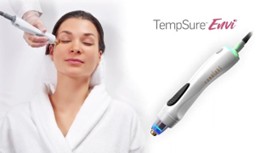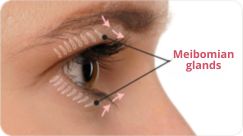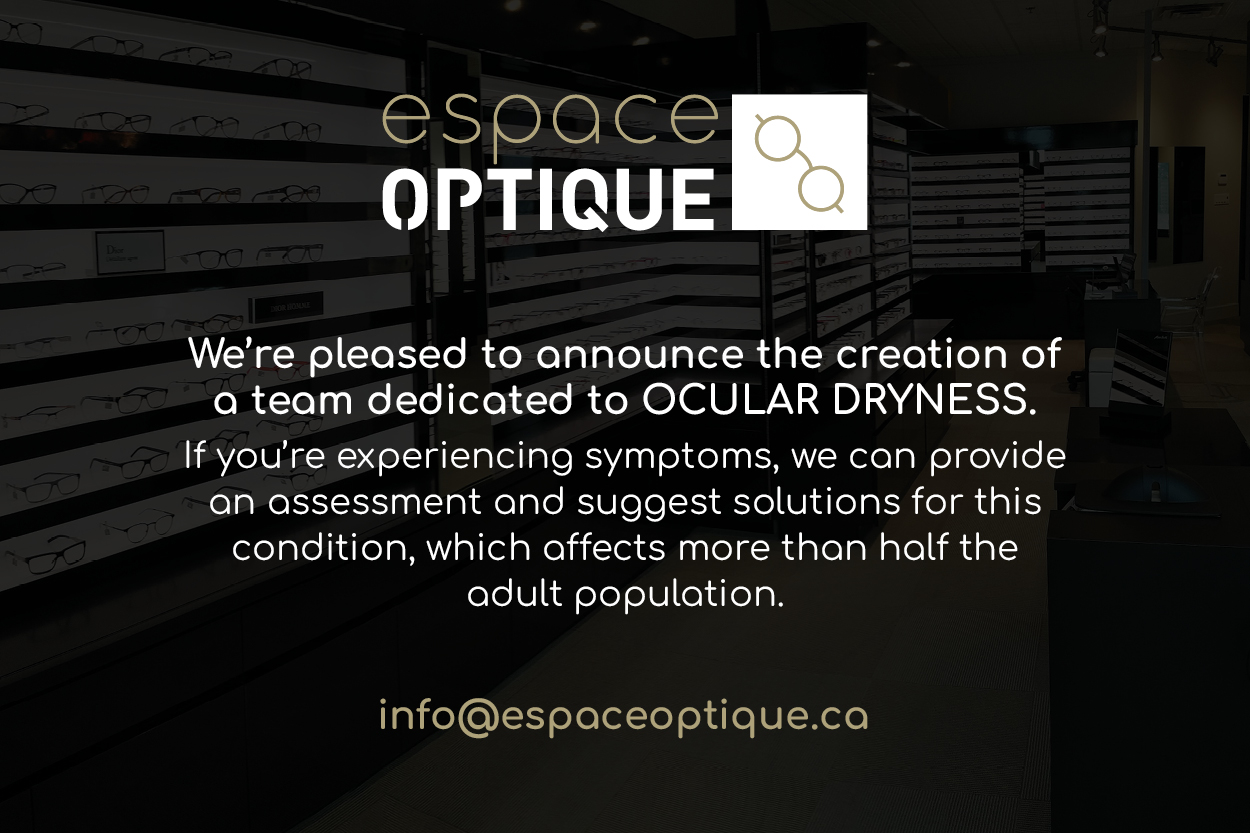
OCULAR DRYNESS is a condition that affects over 50% of the population. Many people tolerate the discomfort without knowing they have this chronic, progressive disease. What’s more, because of the increasing amount of time spent on screens, those affected are getting younger all the time.
If left untreated, dry eye can lead to more serious, irreversible problems. Preventive action is essential.
The most common symptoms of dry eyes:
- Burning sensation,
- Tingling sensation,
- Redness,
- Foreign body sensation,
- Blurred vision,
- Excessive tearing in response to irritation.
Common causes of dry eyes:
- Aging,
- Dry or windy environment,
- Incomplete blinking during prolonged screen use,
- Wearing contact lenses,
- Some medications
Testimonial from a patient who had radiofrequency treatments to treat his dry eye
These symptoms vary from person to person, and can worsen to the point of affecting your daily activities, such as:
- Reading
- Using computers or tablets
- Wearing ntact lensecos
- Accessibility to cataract or refractive surgery may be compromised
- Outdoor sports
- Driving
Dry eyes are generally caused by a lack of water or oil to lubricate the eye. Around 85% of dry eye patients suffer from MGD, which stands for Meibomian Gland Dysfunction. These glands are responsible for the production of oil, crucial for maintaining proper eye protection. Maintaining the healthy function and structure of your Meibomian glands is essential.

At espace optique, we are one of the first clinics in Quebec to offer evaporative radiofrequency treatments for dry eyes using TempSure Envi technology.
We provide free meibography as part of your eye examination and, if required, we can suggest a dry eye consultation with a member of our team.
During the consultation, we’ll be able to suggest the best option(s) for relieving your symptoms.

TempSure Envi is a non-invasive dry eye treatment that uses radiofrequency (RF) energy to gently heat the skin around the eyes, specifically targeting the meibomian glands. This heat helps to unclog the meibomian glands, which produce the oily layer of the tear film, restoring a more natural balance and reducing dry eye symptoms.
In addition to unblocking the glands, radiofrequency stimulates collagen production in the eyelids, resulting in improved eyelid firmness and a reduction in fine lines and wrinkles around the eyes. Radiofrequency can also be used to treat chalazion, a benign cyst that develops in the eyelid due to obstruction of the duct draining the Meibomius glands.

